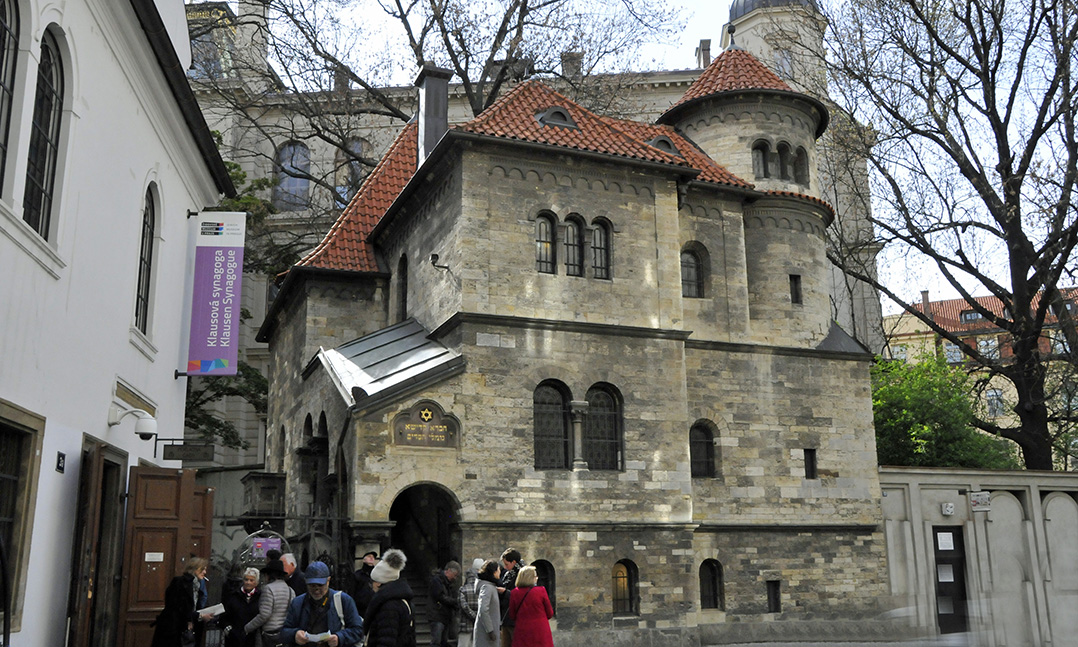The former Jewish quarter of Prague, Czech Republic, now known as Josefov in honor of Austrian Emperor Joseph II, who relaxed restrictions on the Jews in 1782, is one of the city’s most popular destinations. One of Josefov’s most important buildings was once a mortuary.
Jews have lived in Prague since at least the 10thcentury. In A.D. 1215, a church council called by Pope Innocent III issued a series of decrees intended to minimize contact between Jews and Christians. The Prague government took these ideas a step further, requiring that all its Jewish residents relocate to a walled area between Old Town Square and the Vltava River. Beginning in the 16th century, Prague’s self-governing Jewish quarter, which had its own flag, attracted Jews expelled from other European countries and eventually included more Jews than anywhere else in the world. They buried their dead in a small cemetery, which eventually held more than 200,000 bodies, many buried 12-feet deep. A burial society (chevra kadisha) was responsible for assuring that bodies of the dead were prepared for burial according to Jewish tradition.
Between 1906 and 1908, Prague’s Jewish burial society erected a Romanesque Revival ceremonial hall adjacent to the cemetery. A morgue in the basement held the bodies until they could be ritually purified on the first floor. The second floor included a meeting and banquet room for members of the society. After World War I, the building ceased being used for burial activities and became part of the Jewish Museum in Prague. Among the building’s most important items are 15, 18th-century Baroque-style paintings illustrating what was involved in preparing and burying the Jewish dead. The ceremonial hall and nearby synagogues survived the Nazi efforts to exterminate the residents of Josefov because Hitler envisioned the area as the “Museum of the Extinct Race.”



